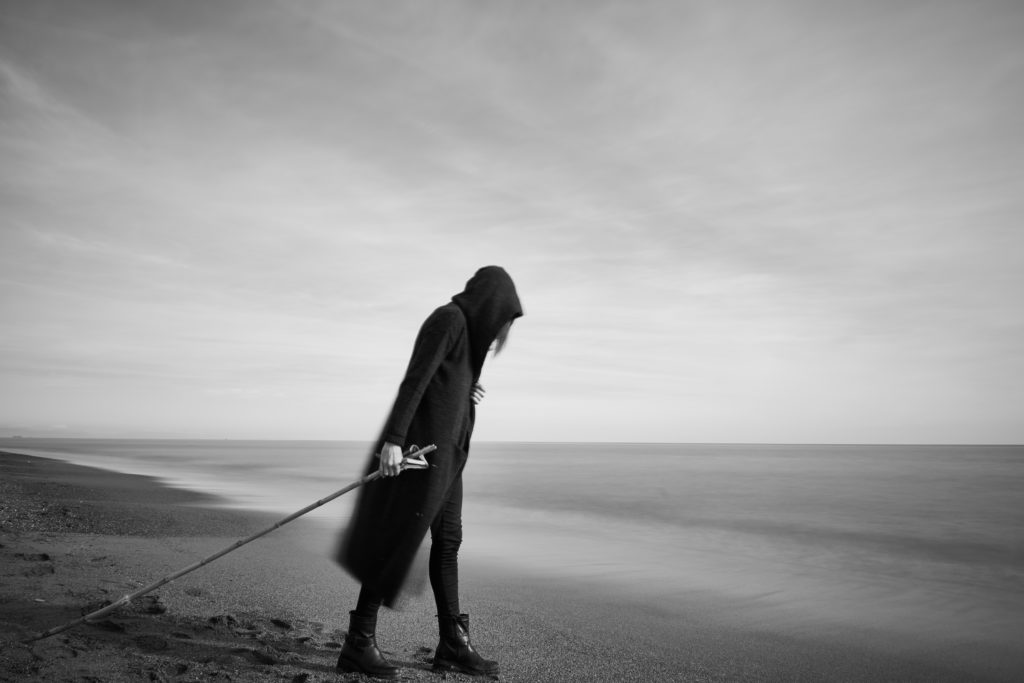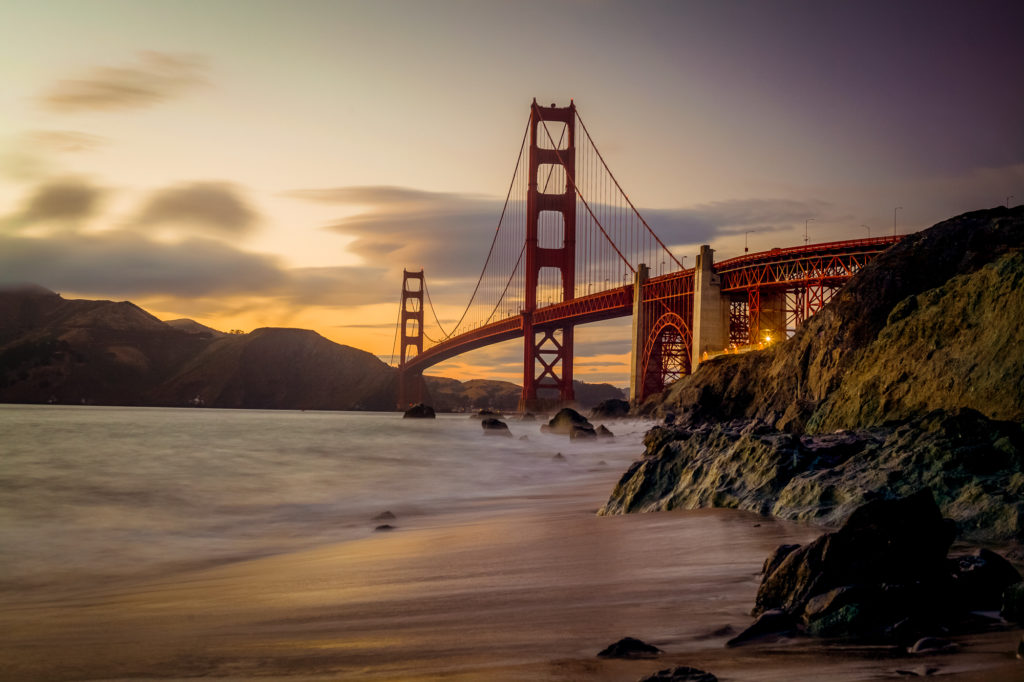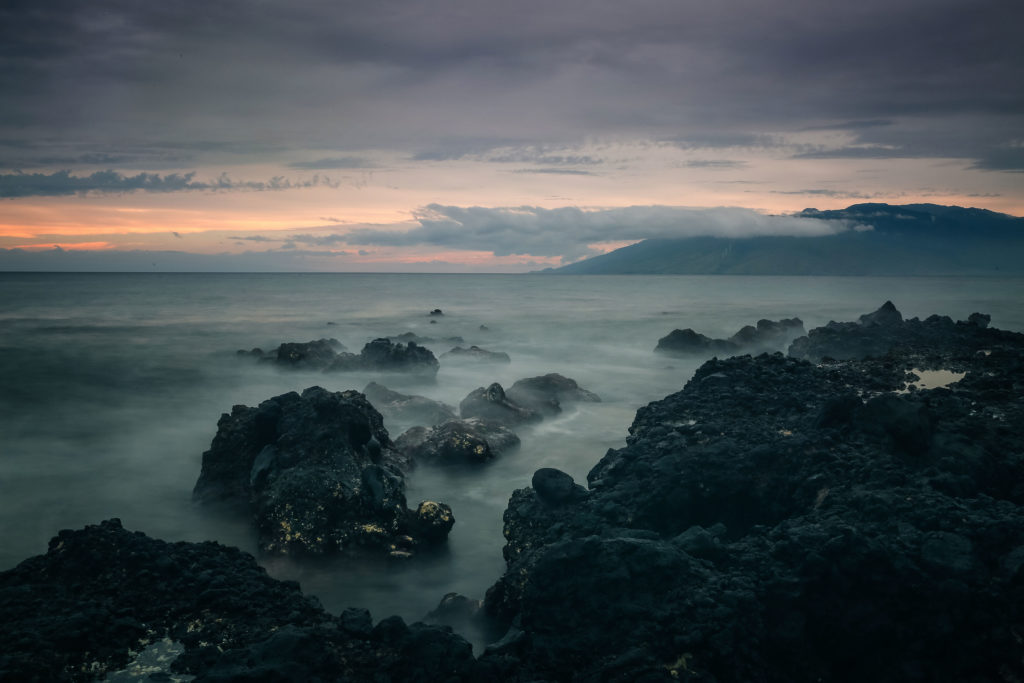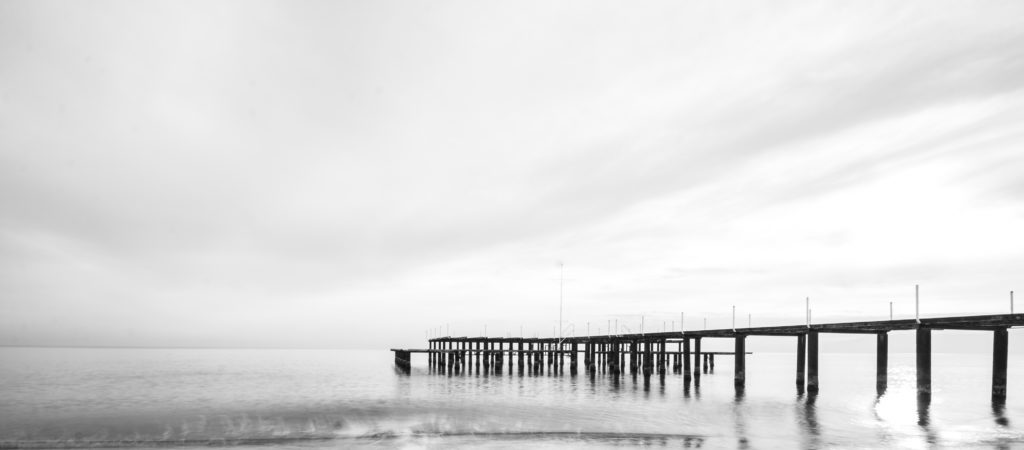A Simple Way to Get More Interesting Long Exposure Landscape Photographs
If you’re into outdoor photography, at some stage you are probably going to start experimenting with long exposures. Something about those sweeping clouds or soft sea really makes long exposure landscape photography some satisfying shooting.
It’s one of my favourite genres. I don’t get to do it as much as I used to, but I still look for every opportunity.
But it is possible to come home from a shoot and have very ordinary photos. I have done it many times, and I could never really nail down why some of my shots looked amazing and other, while technically fine, just didn’t evoke any emotion for me.
But then, after reading Kent Dufault’s excellent guide to long exposure photography, I took a look back at some of my shots and started doing a comparison. And one thing from his book really became obvious. More on that a little later.
A Few Facts About Long Exposure Landscape Photography
Now let's take a look at a few home truths about outdoor long exposure photography:
For starters, if you’re outside and shooting landscapes, you’re probably going to have either a lot of cloud or a lot of water in your shots. This is just the way it works out with long exposure landscapes as these two things are probably the most common compositional elements that get shot in this genre.
In fact, quite often it’s the weather that will draw out long exposure photographers to shoot in the first place. It can mean great conditions.
Now, when shooting long exposure, you will come to know that sea or water tends to show towards the highlight end of your exposure in long exposure shots. No particular surprises with that one. Clouds are usually white (or maybe grey) and so are waves, especially when you expose them for a few seconds.
So what?
Well, if you don’t have serious contrasting elements to those highlights you are going to end of with a frame full of light tones and highlights or greys. You will probably (though not always) end up with a boring photo.
Now I am not trying to be prescriptive here. I have taken long exposure shots where the light tones were the entire point of the image. But in general terms, only having light tones results in an image that is just meh. This goes double if you’re shooting black and whites images.
It doesn’t always turn out this way, but it’s a common enough thing that you should keep it in the back of your mind.
So how do you combat that?
Contrast! (And I am not talking about a Lightroom slider).
You need to look for elements in your outdoor shots that will contrast with the expected (and usually large) white tones and highlights in your image.
Cliffs, rocks, beaches, tree lines, even people (like the first shot by Engin Akyurt above) – all of these elements, (ie. stuff towards the darker end of the tone spectrum) can be introduced to counter the light tone problem of the sky and seas. Sometimes you might even be lucky enough to find contrast within those generally lighter elements (light and dark storm clouds for example, or even a dark blue, but choppy sea).
Examples of Subject Contrast in Subject Selection
Let's take a look at a couple of more examples of contrasting elements in subject selection of long exposure landscape photography:
The photograph below demonstrates the effectiveness of contrasting that bright red bridge and dark cliffs with the comparatively lighter tones of the sky. Red is known as a colour that always stands out. The darker tones of the hills/cliffs complement the lighter skies and produce a dramatic image.
The photo by Mathew Leland below also shows the power of contrasting those dark rocks against the greys of the clouds and sea. This photo had the potential to be quite washed out, but that contrast makes it very effective.
The image below is a very stark example of how finding contrasting elements in the landscape can lead to more powerful shots. If you're shooting black and white photographs, keeping this general principle in mind is a good idea that can lead to some emotive images.
What shadowy or dark elements am I using to contrast with the highlights of the cloud or water?
Ask yourself that and you will probably get more emotive shots. Certainly, they will be more interesting in 90% of cases.
Kent goes into how to do this effectively and subjects to look out for on page 60 of his long exposure guide. Which is what sparked me to go back through my old shots and have that “duh” moment.
Take a look a look at the guide. It’s really useful.
The post A Simple Way to Get More Interesting Long Exposure Landscape Photographs appeared first on Light Stalking.
from Light Stalking http://bit.ly/2Jj1dBN









No comments